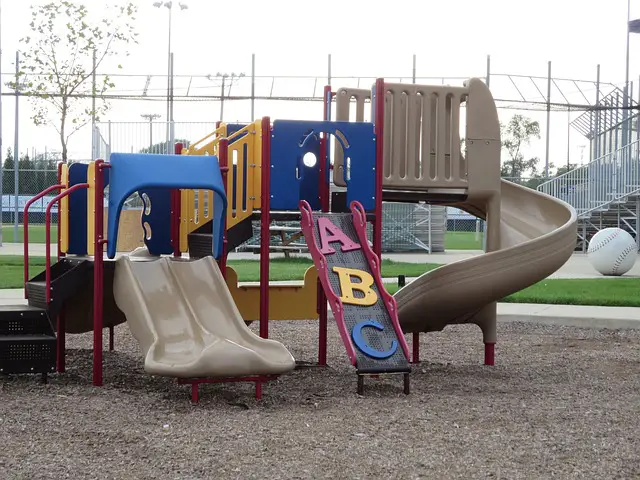Navigating in the wilderness can be a daunting task. With limited visibility or landmarks to guide you, it’s easy to get lost. That’s where an orienteering compass comes in handy. In this article, we will delve into the nitty-gritty of how to use an orienteering compass effectively.

So, What Exactly is an Orienteering Compass?
An orienteering compass, unlike a standard compass, is equipped with a rectangular baseplate and a rotating bezel or ‘compass housing’ that aids in map reading and plotting routes. Its main components include the baseplate, the directional arrow, the orienting lines, the orienting arrow, and the magnetic needle.
How to Read an Orienteering Compass?
The first step in how to use an orienteering compass is to understand how to read it.
Magnetic Needle
The red end of the needle always points toward magnetic north. The non-colored or black end points south.
Direction-of-Travel Arrow
This is the arrow on the baseplate of the compass. It shows the direction in which you should move.
Orienting Arrow and Lines
These lines are parallel to the direction-of-travel arrow. They act as a guide when aligning the compass with the map’s grid lines.
How to Use an Orienteering Compass: A Step-by-Step Guide
Step 1: Align the Edge of the Compass with the Map
Place the orienteering compass on the map so that the edge of your compass is aligned with your current location and the desired destination. The direction-of-travel arrow should point toward your destination.
Step 2: Rotate the Bezel
Rotate the bezel until the orienting lines on the compass are aligned with the grid lines on the map; the North marker should be pointing to the map’s top.
Step 3: Adjust for Magnetic Declination
Magnetic North and True North are not the same. This difference is called magnetic declination and could lead to you going off course. Check your map for local magnetic declination and adjust your compass accordingly.
Step 4: Hold the Compass Flat, and Turn Your Body
Hold your compass flat in your hand at waist level. Rotate your body until the red end of the magnetic needle is inside the orienting arrow, known as “putting red in the shed”.
Step 5: Follow the Direction of Travel
Now, the direction-of-travel arrow is pointing towards your destination in real life. Look up, identify a landmark in that direction, and start moving towards it.
Can an Orienteering Compass Improve Your Outdoor Adventures?
Absolutely! Understanding how to use an orienteering compass can vastly improve your confidence and safety in the outdoors. It’s an essential skill for hikers, campers, and outdoor enthusiasts of all kinds.
In conclusion, learning how to use an orienteering compass may seem complex at first, but with practice, it becomes second nature. So, grab your compass, follow these steps, and let the adventure begin!



